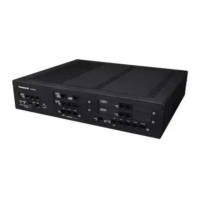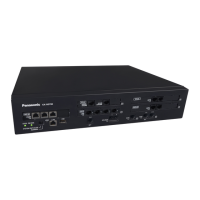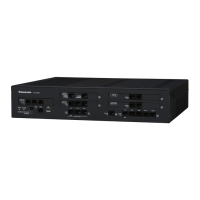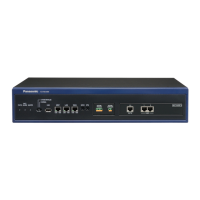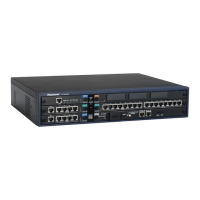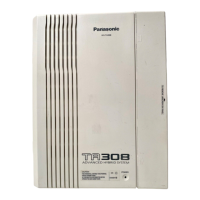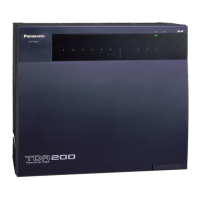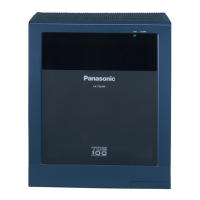2.1.1.3 Direct Inward Dialling (DID)/Direct Dialling In (DDI)
Description
Provides automatic direction of an incoming call with a DID/DDI number to a preprogrammed destination. Each
DID/DDI number has a destination for each time mode (day/lunch/break/night).
Incoming calls with DID/DDI numbers that match extension numbers at this PBX will be sent to the
corresponding extension. Incoming calls with DID/DDI numbers that match extensions at other PBXs or trunk
access numbers will be sent to the corresponding TIE line or trunk.
[Method Flowchart]
CLI works.
Yes
Yes
No
Does the call have its CLI*
information and is CLI mode
enabled for the time mode?
No
Is the CLI destination assigned?
The call is routed to the
DID/DDI destination.
The call is routed to the
CLI destination.
No
Yes
Is the DID/DDI number found in
the DID/DDI table?
Yes
Is the DID/DDI destination
for the time mode assigned?
No
*: Calling Line Identification (CLI) Distribution:
If the CLI routing is enabled and the caller's identification number is assigned in the Caller ID
Table, the call will not be routed to the DID/DDI destination, but routed to the CLI destination.
The call is routed to the
operator (Intercept
Routing—No Destination).
A trunk call is received.
Does the DID/DDI
number match an
extension number?
Yes
The call is routed
to the extension.
Does the DID/DDI
number match an extension
number at another PBX or
Trunk Access no.?
Yes
The call is routed
to the TIE line or
trunk.
No
No
[Programming Example of DID/DDI Table]
DDI can be programmed as DID.
Feature Guide 25
2.1.1 Incoming Trunk Call Features
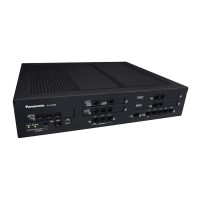
